2 Bridge End Road, Swindon, Wiltshire, SN3 4PD
This is the former Greenbridge public house which comprises the old Dockle farmhouse, built in 1800, and two large extensions, added in the 1980s. From the early 1900s, it was farmed by Herbert Ernest Wildern and his wife, Sarah. They had four children, and their only son, Cyril, was in charge of Dockle Farm when it closed in c1975.
An illustration and text about the history of Swindon.
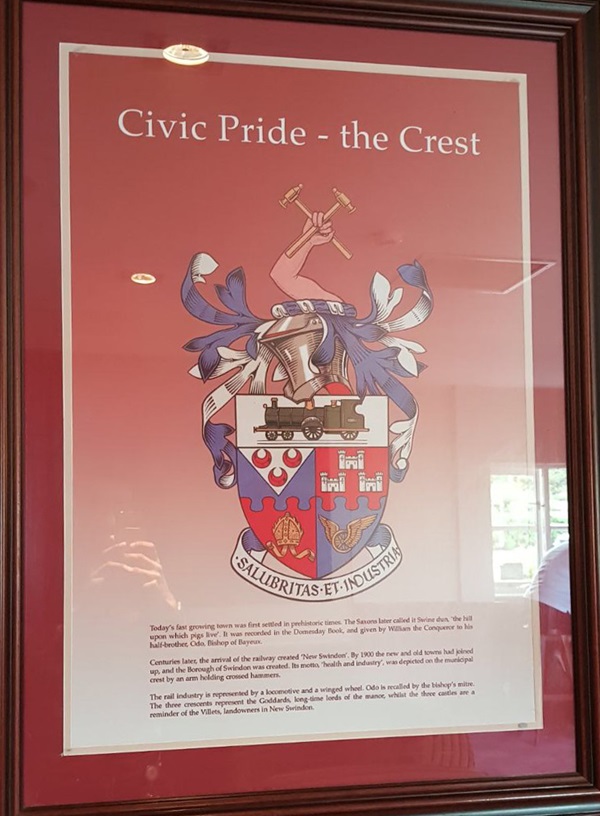
The text reads: Today’s fast growing town was first settled in prehistoric times. The Saxons later called it Swine Dun “the hill upon which pigs live”. It was recorded in the Doomsday Book, and given by William the Conqueror to his half-brother, Odo Bishop of Bayeux.
Centuries later, the arrival of the railway created New Swindon. By 1900 the new and old towns had joined up, and the Borough of Swindon was created. Its motto, ‘health and industry’, was depicted on the crest by an arm holding crossed hammers.
The rail industry is represented by a locomotive and a winged wheel. Odo is recalled by the bishop’s mitre. The three crescents represent the Goddards, long-time lords of the manor, whilst the three castles are a reminder of the Villets, landowners in New Swindon.
Photographs, an illustration and text about prehistoric sites in Swindon.
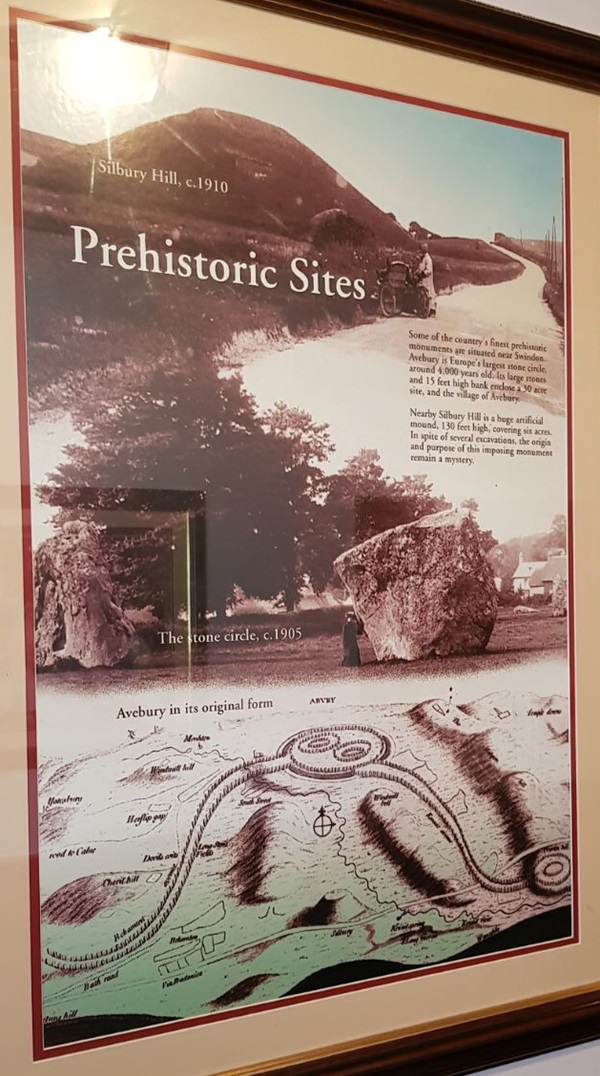
The text reads: Some of the country’s finest prehistoric monuments are situated near Swindon. Avebury is Europe’s largest stone circle, around 4,000 years old. Its large stones and 15 feet high bank enclose a 30 acre site, and the village of Avebury.
Nearby Silbury Hill is a huge artificial mound, 130 feet high, covering six acres. In spite of several excavations, the origin and purpose of this imposing monument remain a mystery.
A photograph and text about the Great Western Railway.
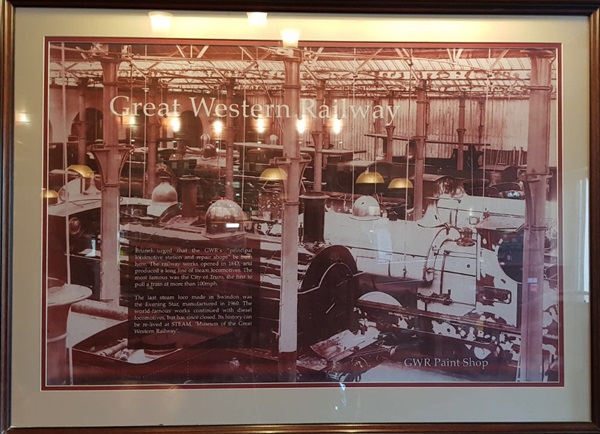
The text reads: Brunel urged that the GWR’s “principal locomotive station and repair shops” be built here. The railway works opened in 1843, and produced a long line of steam locomotives. The most famous was the City of Truro, the first to pull a train at more than 100mph.
The last steam loco made in Swindon was the Evening Star, manufactured in 1960. The world famous works continued with diesel locomotives, but has since closed. Its history can be re-lived at STEAM, Museum of the Great Western Railway.
Photographs and text about the manufacturing of cars.
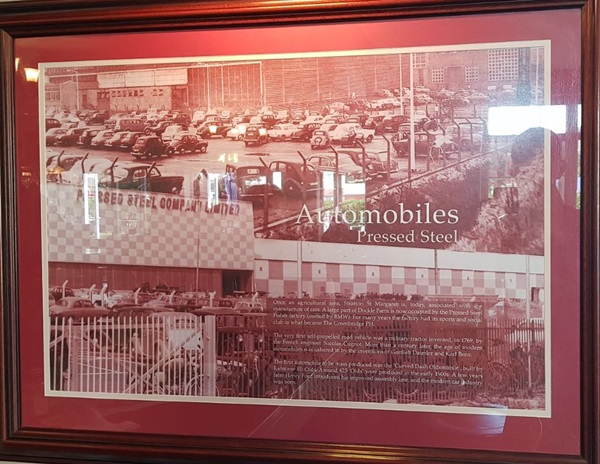
The text reads: Once an agricultural area, Stratton St Margaret is, today, associated with the manufacture of cars. A large part of Dockle Farm is now occupied by the Pressed Steel Fisher factory (owner by BMW). For many years the factory had its sports and social club in what became The Greenbridge PH.
The very first self-propelled road vehicle was a military tractor invented, in 1769, by the French engineer, Nicholas Cugnot. More than a century later the age of modern automobiles was ushered in by the inventions of Gottlieb Daimler and Karl Benz.
The first automobile to be mass produced was the Curved Dash Oldsmobile, built by Ransome Eli Olds. Around 425 ‘olds’ were produced in the 1900s. A few years later Henry Ford introduce his improved assembly line and the modern car industry was born.
A photograph of a formal dress gathering at a wedding in Princess Street.
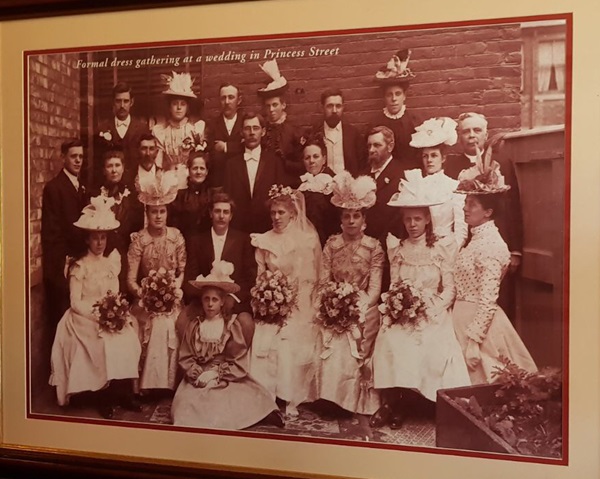
A photograph of the Goddard family.
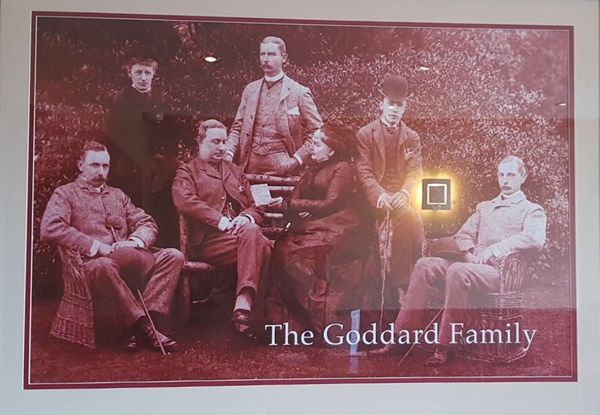
A photograph of William Morris, founder of the Swindon Evening Advertiser, Britain’s first penny press.
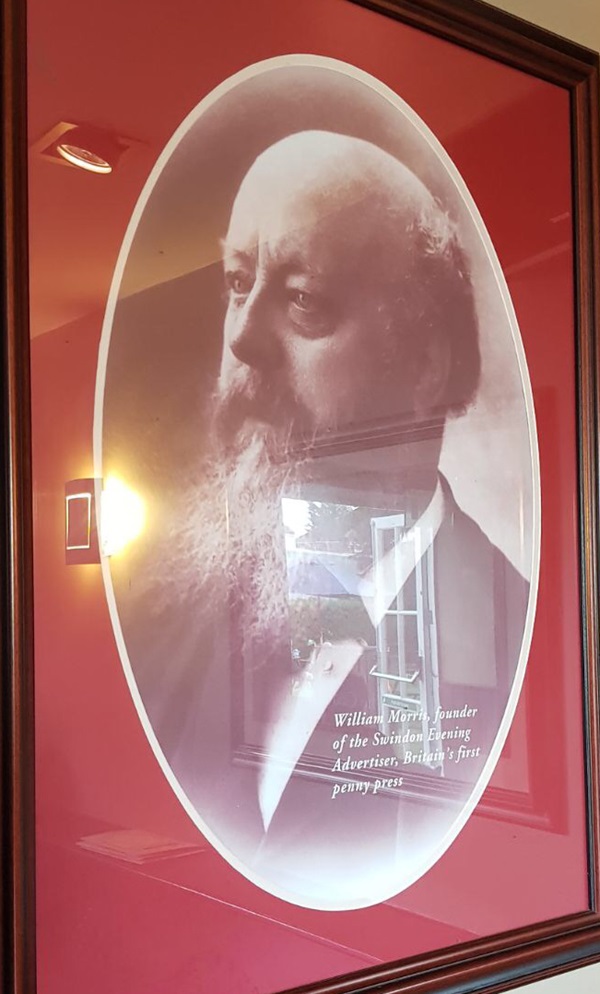
A photograph of Regent Circus 1902; return of the troops from the Boar War.
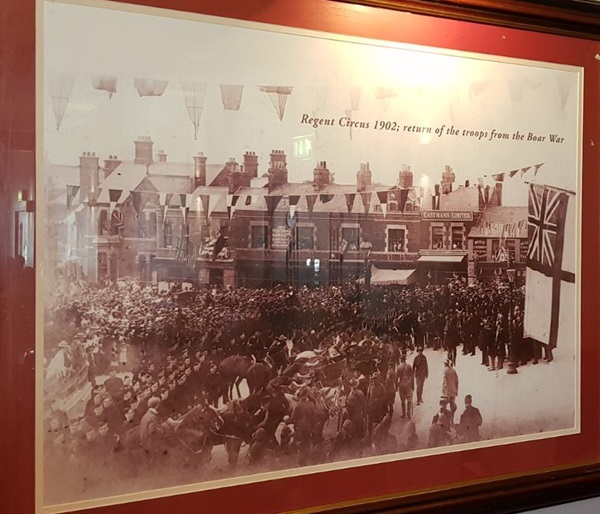
A photograph of Dores Lane.
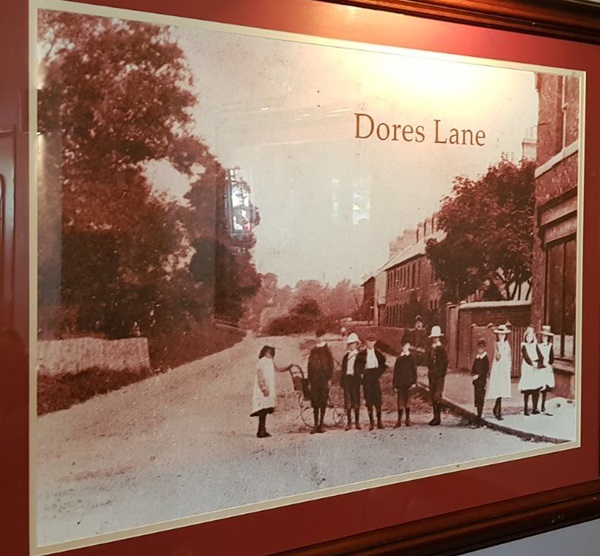
A photograph of Swindon Symphony Orchestra, 1932.
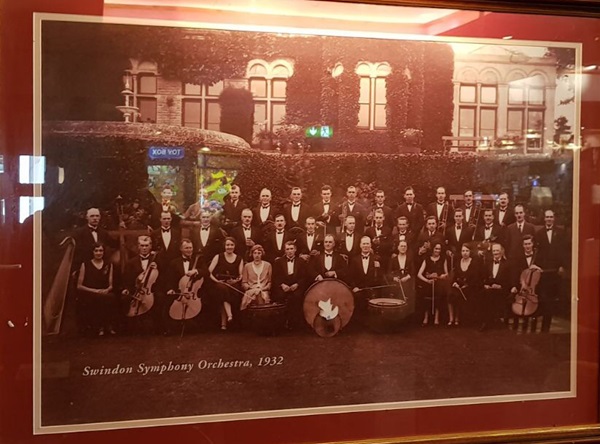
A photograph of the Borough of Swindon National Reserves, Bisley 1913
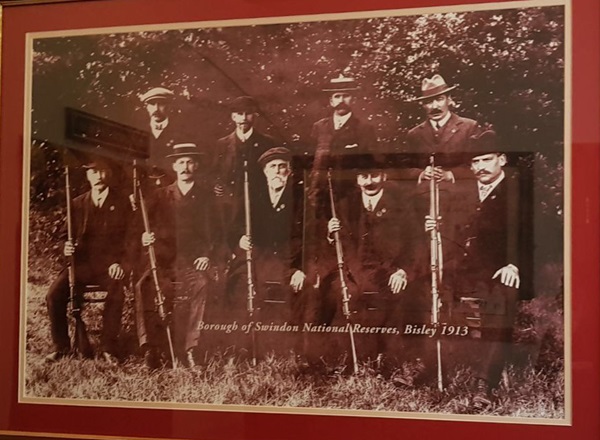
Photographs of Swindon.
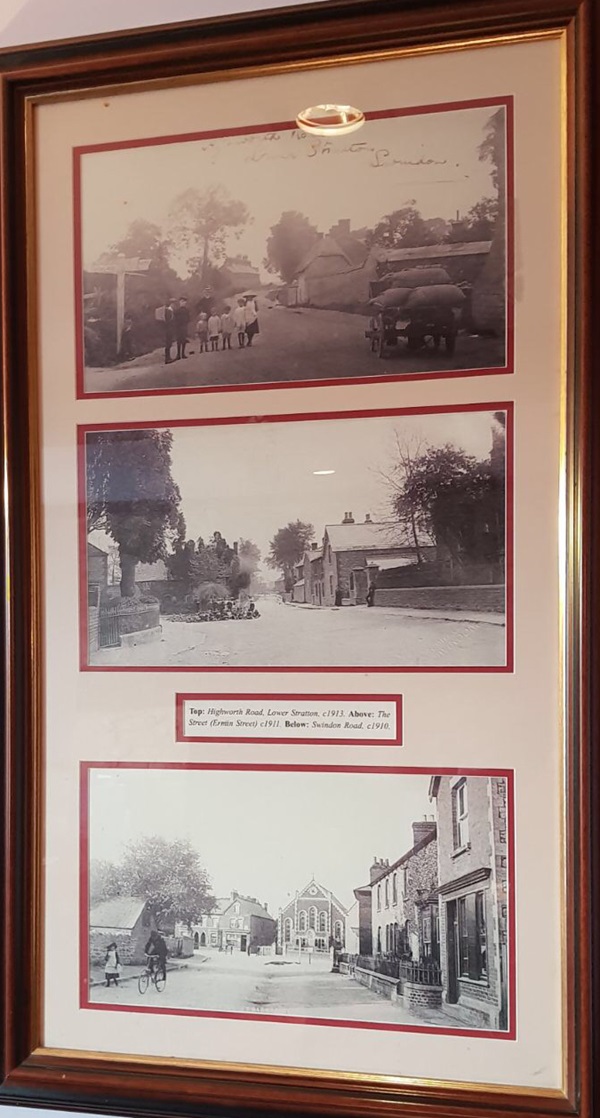
Top: Highworth Road, Lower Stratton, c1913
Above: The Street (Ermin Street) c1911
Below: Swindon Road, c1910.
External photograph of the building – garden.

If you have information on the history of this pub, then we’d like you to share it with us. Please e-mail all information to: pubhistories@jdwetherspoon.co.uk